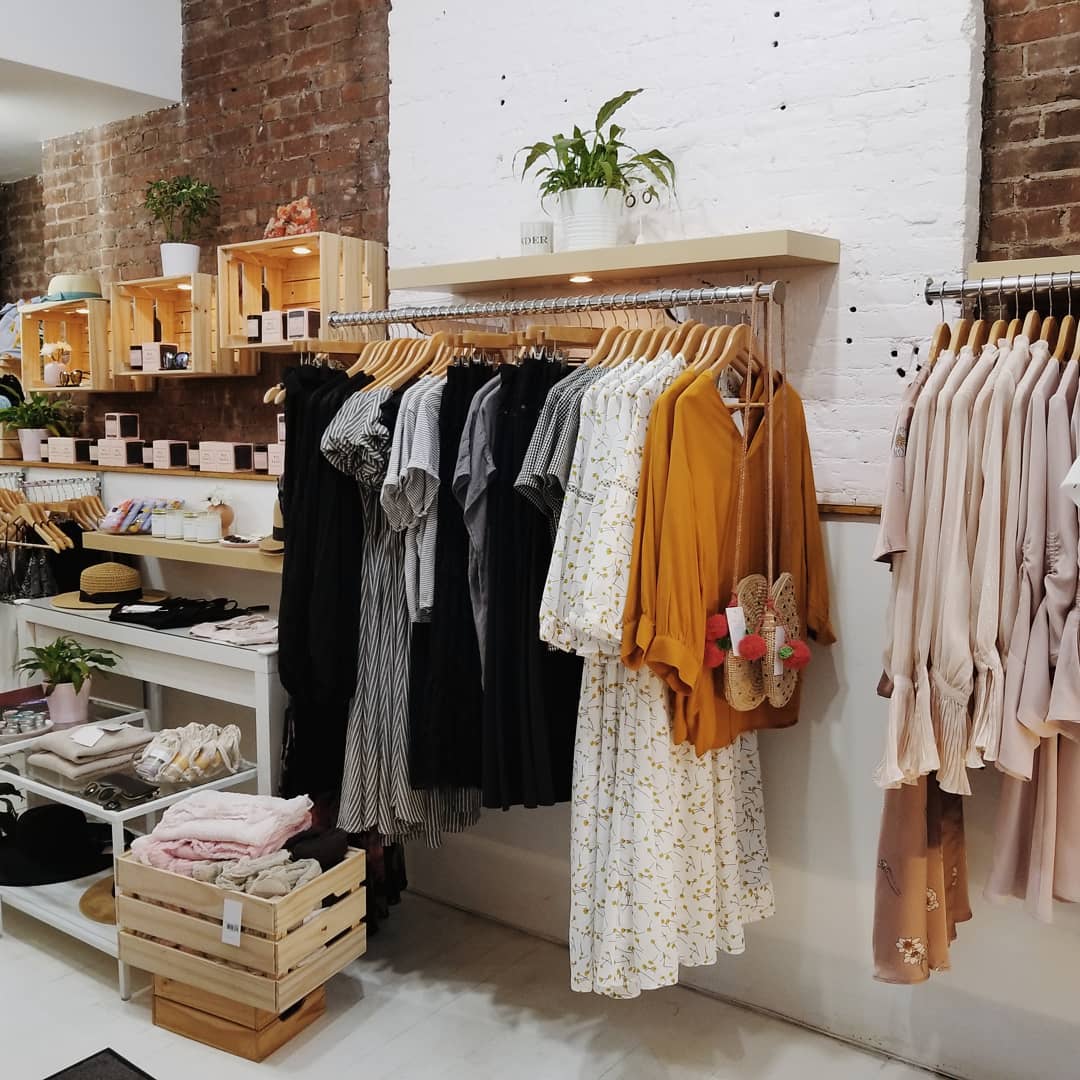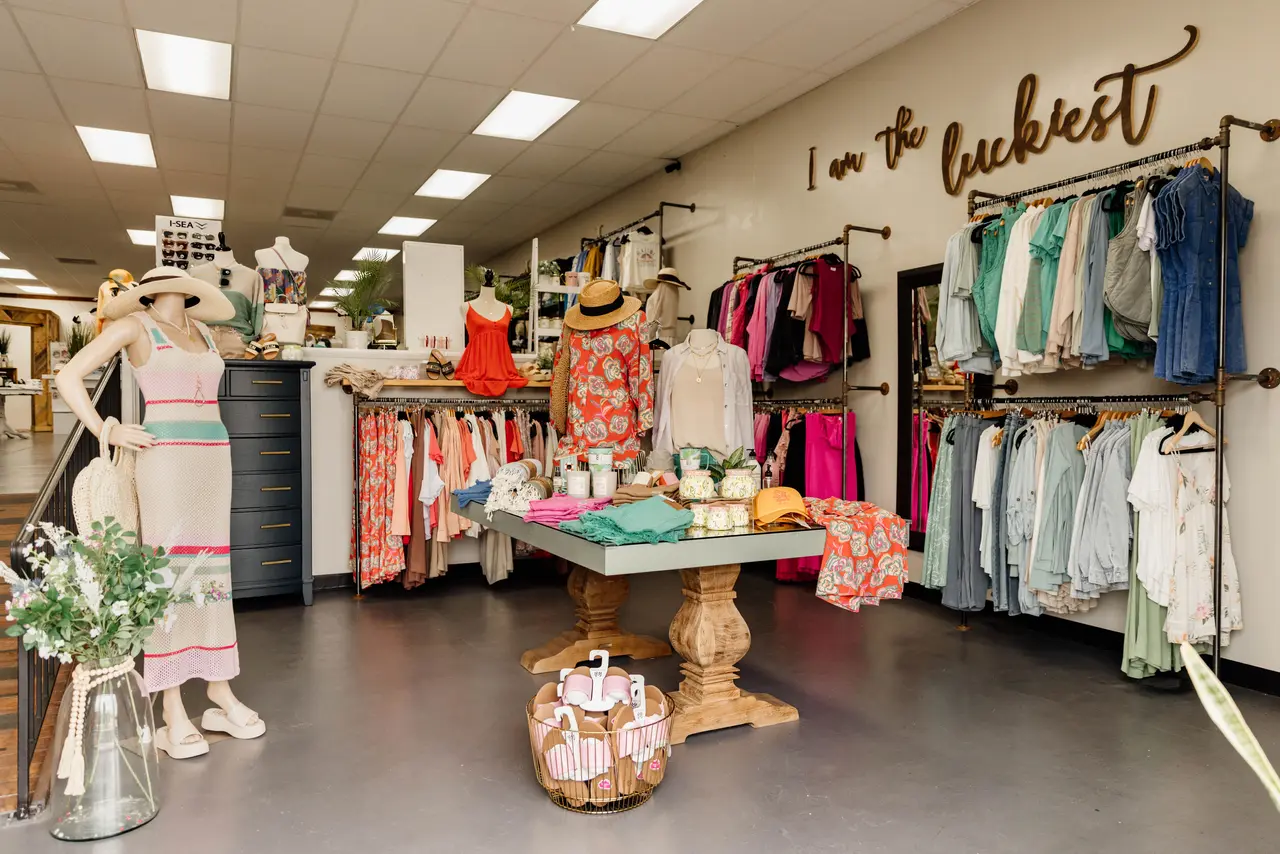Lasting Fashion: How Eco-Friendly Apparel Is Shaping the Future of Style
As the garment industry encounters boosting examination over its ecological influence, the surge of lasting style supplies an encouraging choice that aligns design with eco-friendly obligation. Utilizing ingenious materials such as recycled fibers and plant-based materials, alongside sophisticated approaches like electronic and 3D printing, developers are redefining what it indicates to be trendy in the modern-day age. Concurrently, the growing appeal of upcycling and thrift society is cultivating a shift in the direction of a round economic situation. Just how does this movement truly affect the future trajectory of fashion, and what difficulties exist in advance in its prevalent fostering?
Innovative Sustainable Materials
As the style industry grapples with its environmental influence, innovative sustainable products have emerged as a crucial service for decreasing ecological impacts. These products not only minimize dependence on fossil gas yet also reduce hazardous pesticide use and water intake.
Along with plant-based materials, innovations in biofabrication have actually resulted in the advancement of lab-grown fabrics. Mycelium natural leather, derived from mushroom origins, provides a biodegradable and flexible option to animal leather. Its production results in considerably reduced carbon emissions and water usage, making it an extra sustainable alternative for designer looking for to straighten with environment-friendly techniques.
Recycled products are likewise gaining traction, with polyester made from recycled plastic bottles representing a significant innovation. This technology not only draws away plastic waste from oceans and landfills yet additionally decreases energy usage compared to creating virgin polyester. Together, these products underscore the capacity for an extra sustainable style industry, paving the way for eco aware design and manufacturing.
Eco-Conscious Production
Structure on the developments in sustainable products, the fashion market is additionally re-evaluating its manufacturing procedures to better reduce environmental effect. Key methods consist of reducing water usage, lowering carbon emissions, and getting rid of unsafe chemicals.
Another important facet is the reduction of harmful chemicals commonly used in dyeing and completing fabrics. Eco-conscious suppliers are changing towards plant-based dyes and waterless dyeing technologies, which not only secure neighborhood ecosystems but likewise enhance employee security. Technologies like electronic printing lower textile waste and energy consumption, offering a cleaner alternative to conventional techniques.
Additionally, openness and traceability have actually ended up being vital. With the innovation of blockchain modern technology, firms can currently give thorough understandings right into their supply chains, making sure ecologically pleasant and honest methods at each step. This transparency builds customer trust fund and urges brand names to preserve high sustainability standards. As the demand for eco-conscious items expands, makers are forced to innovate, ensuring that the future of style is both elegant and sustainable.
The Surge of Upcycling
Upcycling, a transformative method in lasting style, includes creatively repurposing thrown out materials right into new, top quality items. This ingenious approach not only reduces waste however also reduces the demand for resources, thereby decreasing the environmental influence of clothing manufacturing. By reimagining and reconstructing existing things, designers and style brands are able to instill originality into their collections while advertising environmental obligation.

Additionally, the upcycling motion has encouraged tiny services and independent designers, who frequently lead in innovation as a result of their dexterity and creativity. By taking advantage of the bountiful accessibility of unused products, these entities add to a circular economic situation, demonstrating that fashion can be navigate here both sustainable and stylish. Via upcycling, the market takes significant strides in the direction of a more conscious and liable future.
Thrift Society's Impact
The expanding thrift society substantially reshapes the landscape of lasting fashion, highlighting the importance of conscious consumption. This social shift motivates customers to accept secondhand garments, thereby minimizing the need for new garment production and lessening environmental effect. Second hand shopping not just extends the lifecycle of apparel yet additionally lowers the carbon footprint connected with manufacturing, moving, and getting rid of garments.
An essential element of second hand culture is its democratization of fashion. By using a wide range of designs from Check Out Your URL numerous eras at budget friendly costs, second hand shops make style accessible to a wider target market. This access fosters a sense of uniqueness and imagination, as customers mix and suit one-of-a-kind pieces to curate customized wardrobes without contributing to the quick style cycle.
Furthermore, thrift culture advertises circularity in style, lining up with the principles of a circular economic situation. As even more consumers and designers accept thrift society, the fashion sector is urged to adjust, integrating sustainable techniques to meet the growing need for eco-conscious options.

Future Trends in Fashion
Style's development is increasingly formed by sustainability-driven campaigns and technological innovations. As consumers come to be a lot more environmentally mindful, the industry is responding with groundbreaking innovations that redefine the future of style. One noticeable trend is the surge of digital fashion, where digital garments can be worn in enhanced reality atmospheres, dramatically decreasing textile waste. This shift not only deals with the digital-savvy customer but additionally minimizes the environmental impact traditionally connected with garment manufacturing.
Additionally, the assimilation of blockchain technology provides new possibilities in transparency and traceability, enabling customers to confirm the sustainability qualifications of their apparel. boutique fashion. This makes certain accountability in supply chains and promotes ethical sourcing practices. 3D printing is yet another development that promises to transform producing processes by enabling on-demand production, thus decreasing excess inventory and waste
As these innovations mature, they are positioned to change the fashion landscape, merging design with sustainability. The future of style, for that reason, lies in a smooth blend of technology, technology, and environmental obligation.
Conclusion
The makeover of the fashion market via sustainable techniques indicates an essential change towards environmental accountability. This advancement not only lines up style with ecological sustainability however you can try these out additionally establishes a criterion for future trends concentrated on obligation and development.
As the style industry deals with raising scrutiny over its environmental effect, the surge of lasting fashion provides an appealing choice that aligns style with environmental obligation.As the style sector grapples with its ecological impact, innovative sustainable materials have arised as an essential solution for decreasing environmental footprints. With each other, these products highlight the possibility for an extra lasting style sector, leading the way for environmentally conscious design and production.
Building on the developments in sustainable materials, the fashion industry is also re-evaluating its manufacturing procedures to further reduce ecological influence. boutique fashion.Upcycling, a transformative technique in lasting style, includes creatively repurposing discarded materials right into brand-new, high-grade items
Comments on “The Reason Why Boutique Fashion is the Ultimate Option for Special Design”